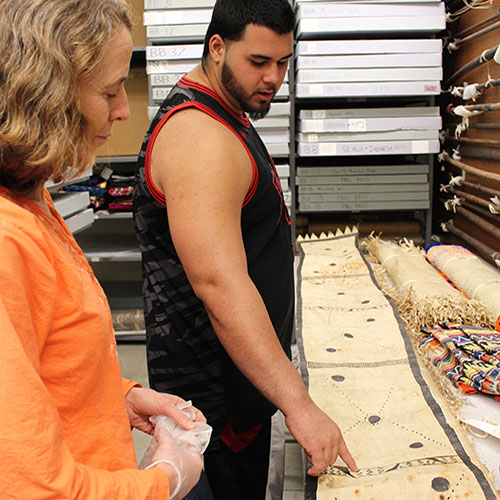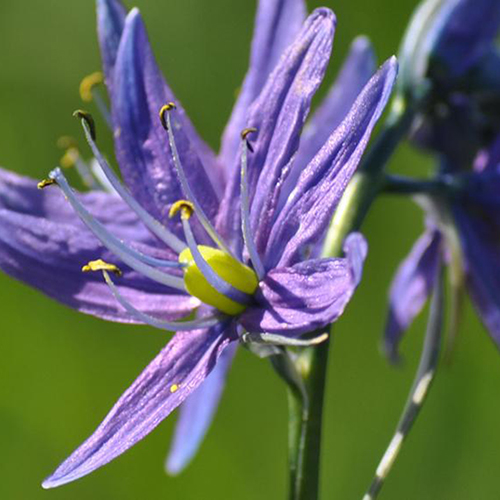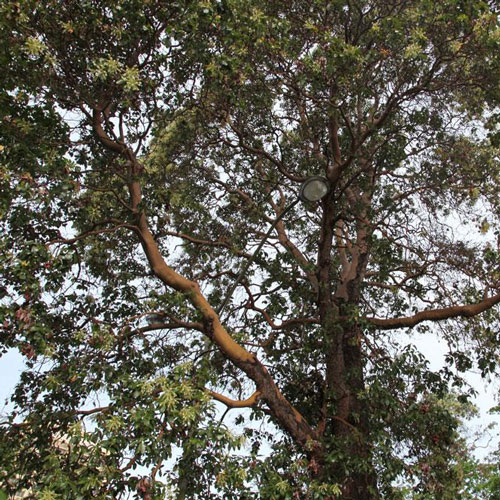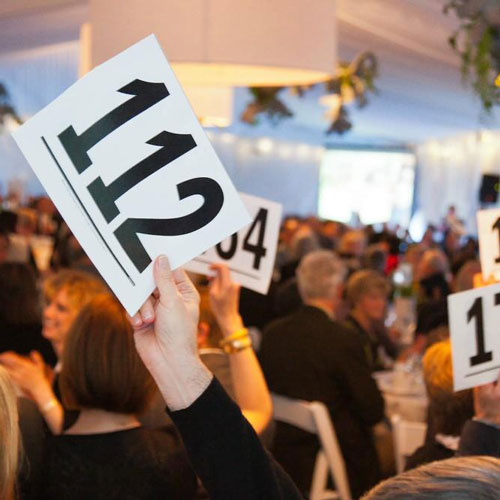Donate Today
Your support of One Burke ensures the resilience of the museum resources that so many rely upon. Thank you!
Support Programs & Research
What do you love about the Burke? You can make a gift that supports your specific area of interest or favorite program.
Heritage
Biology
Geology & Paleontology
Education & Public Programs
Questions?
Burke Museum Development Office
University of Washington, Box 353010
Seattle, WA 98195
206.616.8870
burkedev@uw.edu

Our Work
At the Burke, we bring together people, objects and the stories that make them meaningful.



